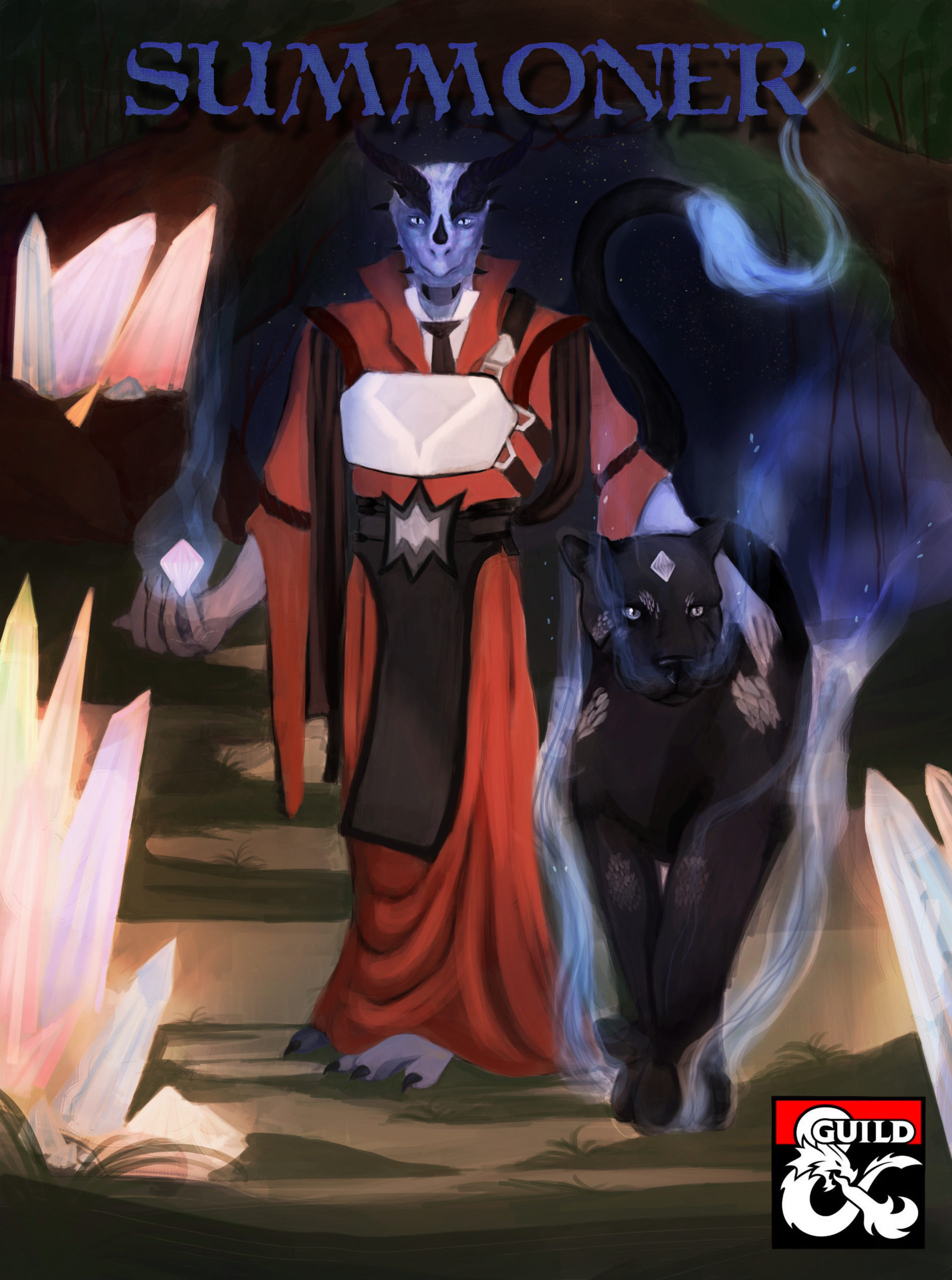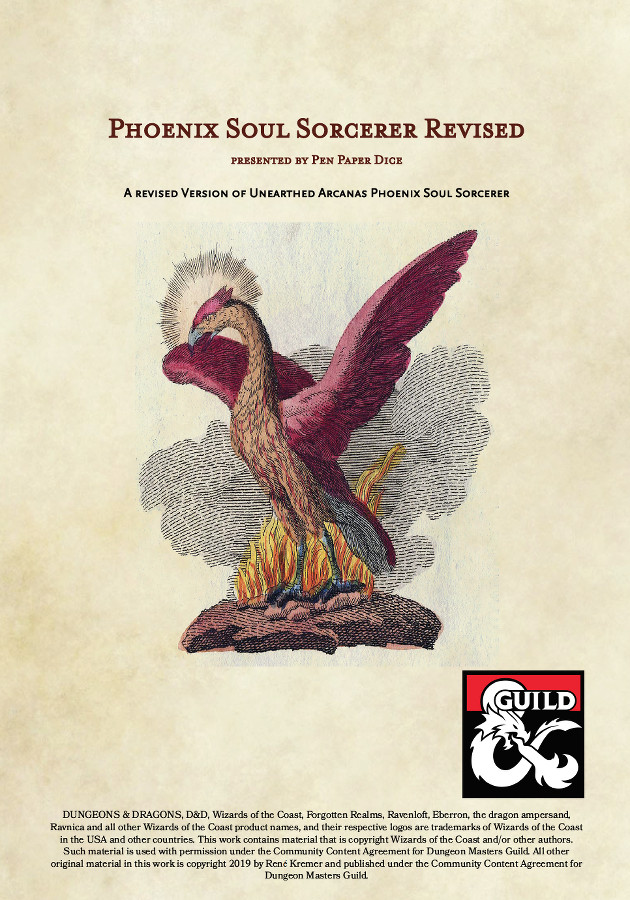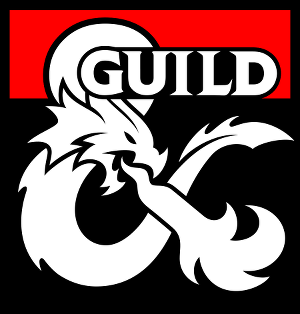Designer Notes on the Summoner

Since Pathfinder 3.5 The Summoner has been a favorite class amongst many tabletop rpg players including myself. This summoner has a trusty eidolon by their side, which is their main summons. The Summoner also is capable of summoning several additional monsters to help out in battle. I have seen a few attempts at reconstructing the old Pathfinder class in DnD 5e but the examples I saw tried to mirror the Pathfinder Summoner too closely. Hence, they were stuck with a class that doesn’t really conform to the usual, accepted rule framework of 5e.
First Decisions
The major problem to be solved, as with any class that basically consists of two characters (i.e. The Ranger), is the action economy. DnD 5e combat is heavily based on its actions, bonus actions and reactions in addition to the movement action. I came to the conclusion that The Summoner would have to share their action and bonus action with the eidolon. Otherwise, it would have led to playing two completely separate characters at once.

The next step was figuring out on which class archetype I should base The Summoner. In my opinion, a summoner should be a full-caster, hence the half-caster archetype structure was no good (i.e. rangers, paladins, etc.). However, the full-caster archetypes like wizard or sorcerer also didn’t quite fit what I had in mind. So I decided to base The Summoner on the pact-caster (a.k.a. the warlock). Summoning the Eidolon is a class feat and summoning further monsters requires the very limited spell slots. The Eldritch Invocation system of the warlock could be used and altered to build what I called the Guided Alteration system. As with the warlock, these small feat-like abilities can be used for great individualization of the class.

The Archetypes
With all these decisions done I started thinking about how summoner archetypes could function in 5e. The Warlock has a patron that determines its archetype. This patron is already decided upon at level one of the character. Hence, I figured it should be similar for The Summoner. The pathfinder Summoner lets you choose several starting “configurations” for your eidolon, like a bipedal, quadrupedal and snake-like form. However, in the spirit of 5e I thought this kind of model was obsolete. As long as it doesn’t change the statistics of the eidolon, any body-type is allowed. The same is to be said about the general appearence of the eidolon (fluff for days), although I gave exemplary descriptions of how they could look like. So what to do for archetypes?
I decided that it would be interesting to have (at least) three distinct eidolons that clearly separate different summoners from each other. Seeing as the eidolon basically is a second character in a diminished form, it felt only natural to loosely base them on different rpg class archetypes. The first three archetypes consist of a melee damage-dealer (The Beast), a caster-support (The Conduit) and a tank (The Mountain). Each of the eidolons have different base attributes and features that evolve similarly to those of a player.
In addition, each of the archetypes comes with a full set of eidolon-specific Major Evolutions that individualize the eidolon and constitute most of the “rocks” (significant features) of The Summoner. In most cases, these Major Evolutions resemble monster feats and abilities that can be acquired by the eidolon as it levels up together with its summoner.

Summon Monsters
Another important part of The Summoner is the classic, class-specific spell: Summon Monster. Seeing as summoning spells in 5e are usually pretty weak, it was kind of tough to figure out how to implement the Summon Monster spell. I had several options in mind of how to let the player choose which summon they would conjure but most of them proved to be a horror for any DM and/or player to handle. Monster types were to manifold and unsorted – many had game-breaking mechanics when put into the hands of the player. So I took the hard route and hand-picked viable monsters from the Monster Manual, Volo’s Guide to Monsters and Mordekainens Tome of Foes.

On every level I tried to include monsters that were either capable of flying or ranged attack capabilities so that The Summoner always had fighting options. The eidolon doesn’t have built in flying or ranged attack capabilities to compensate for the high amount of hit points. I refrained from using monsters that have several problematic abilities, especially when picking low-level summons, like burrowing speed or extensive innate spellcasting.
One of the biggest problems summoning spells in 5e have is lacking scalability with rising spell levels. Summon Monster gives access to higher CR monsters up to spell level 5, after which The Summoner gets the class feature Summon Greater Monster the replaces the warlock’s Mystic Arcanum.

Strength and Weakness
The biggest strength of every summoner is their considerable health pool – it is comparable to, and in fact based on, the moon circle druid archetype. The Summoner only has a d6 hit dice. However, with the Mystical Tether feature, they can share damage and thus health with their eidolon, splitting the damage 50-50 between them. The trade-of to the large health pool are very limited ranged capabilities and a lower-than average damage output when compared to similar classes.
While the eidolon of The Summoner can be very strong, the summoners themselves are usually relatively weak (except for the few non-summon spells that can be cast). They will be the focus of any enemy smart enough to realize that the eidolon is nothing without its summoner and the other way around. The biggest weakness of any summoner are area of effect spells that hit both the summoner and their eidolon, like a well-placed fireball. The summoner’s spell list does include counterspell but the spell-slots per fight are sparse for a summoner and their defensive mechanism only rely on their health-sharing.
Individualization
Individualization of The Summoner is granted by the contract boons replacing the warlock’s patron boons at level 3. These contract boons determine the type of bond the summoner has with its eidolon. The first contract strengthens the eidolon and all other summons, similar to the shepard druid feat from the Xanathar’s Guide to Everything. The next contract deepens the mystical bond between summoner and eidolon, allowing them to share spell effects of spells with the range of self or touch while bonded (i.e. blur, bark skin, etc.). The last contract is an utility type, letting the summoner extend the duration of their summons and conjurations significantly.

Final Words
With all the possible player choices I tried to make picking any particular choice similarly compelling and strong as possible. If you have any remarks on the balancing of the class please feel free to contact me, I will be grateful. As one can imagine, presenting the shee amount of indiviualization options of my summoner class, play-testing everything becomes nigh-impossible. I have experience with two low- to mid-level campaigns playin and DMing the summoner, in which the class fares pretty well and doesn’t lack behind or overpower the other classes significantly. I would be thrilled to learn about the experiences that any players of this class will have in the future.








